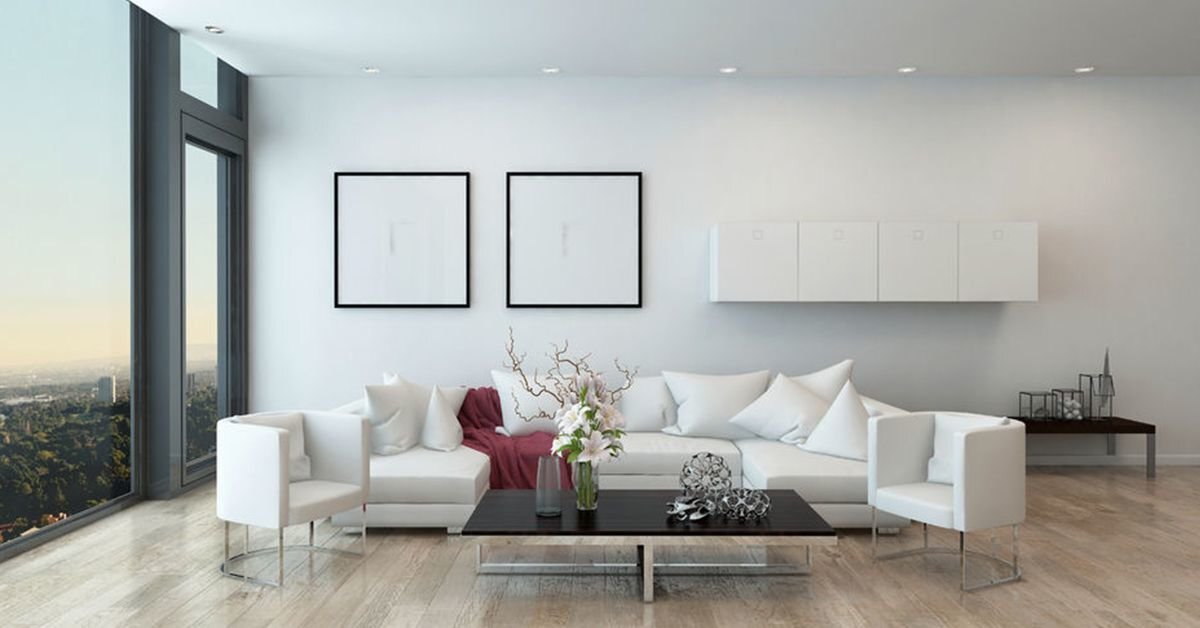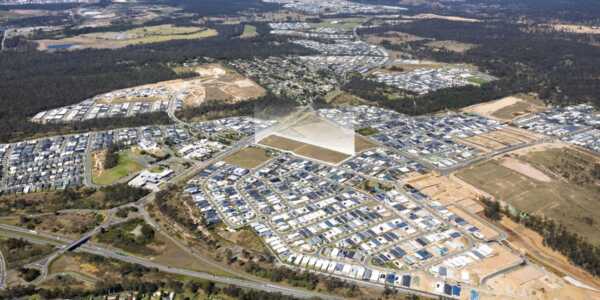“In the next 10 years, almost 60% of the population will be living in apartments”
This is what Australian Institute of Architects (AIA) president, Richard Kirk, has put forward and believes is something that requires addressing,
“I think governments have a massive challenge in how they manage quality in high density projects and we argue that regulation is an important tool in raising standards.”
Who makes the rules?
There are specific local rules and regulations that vary depending on the nature of the development site. At a broader level, states have developed design guidelines that require adherence.
The aim of such guidelines is not to restrict development, but to encourage quality development projects that will contribute to the sustainable growth of the industry.
These guidelines govern a range of elements and vary state to state. Victoria established their ‘Better Apartments Design Standards’ in 2016. One such regulation is that all bedrooms, living rooms, dining rooms, kitchens and studies will require windows that are visible from all points in a room.
New apartments are required to have between 6-10 cubic metres of extra storage space, however a minimum floor space has not been set.
New South Wales established their new ‘Apartment Design Guide’ in 2015 to take the place of a previous Residential Flat Design Code. Here you will find a minimum floor space, along with regulations covering outdoor living and ventilation.
Queensland is still yet to develop any of their own and this has many people concerned against the speculated growth of apartments over the coming decade.
The call for Queensland apartment guidelines
Brisbane architect Jayson Blight, has commented that Victoria’s guidelines were introduced to “overcome the number of developments with little regard for liveable space and access to amenity”.
“Interestingly, in our experience it is banks in Queensland rather than design guidelines that have prevented unit sizes from being fewer than 50sqm for a one-bedroom unit.”
A BIS Oxford Economics report released last month revealed that in Brisbane alone, around 8,300 apartments are expected to be completed in 2017-18; with another 5,000 to land in 2019. This is a dramatic increase from the fewer than 2,000 apartments per annum that Brisbane has been previously experiencing.
Without guidelines, architects are worried that a lack of diversity in the product, poor amenity and lack of living space will ensue. The concern is that the industry as a whole will suffer.
The right to choose
Housing Industry Association executive director of planning and development, Mike Roberts, has argued against the call for regulations saying “It worries me that a bureaucrat or someone in the government could arbitrarily draw a line in the sand and say a house or apartment should be no less than this size.”
“What if I can’t afford a traditional two-bedroom unit, or one-bedroom unit and I want something smaller? Are they going to stop me from doing that because aesthetically it offends them?”
Benefits of adhering to guidelines - even if you’re not directly affected
With the market showing a trend towards size and quality, it is good practice to be aware of the varying state apartment design requirements – even if they don’t directly impact you.
Many developers are already mindful of this trend, adjusting their plans accordingly. Melbourne’s Flinders Bank development altered previously approved plans to focus on the higher end. The Gold Coast’s Jewel development was tailored to accommodate the rise in demand for quality luxury apartment offerings. In Sydney’s Glebe, the luxury West End development by Roxy-Pacific sold over 70% of the apartments within the first four hours of going to market.
Much of this turn towards quality apartment design stems from a purposeful desire to reach a market sector that was previously neglected; the downsizers.
The rewards don’t, however, just serve the bottom line; a race-to-the-bottom never benefited any industry. As more developers focus on quality projects, the sustainable future of the property development industry continues to looks healthy.









